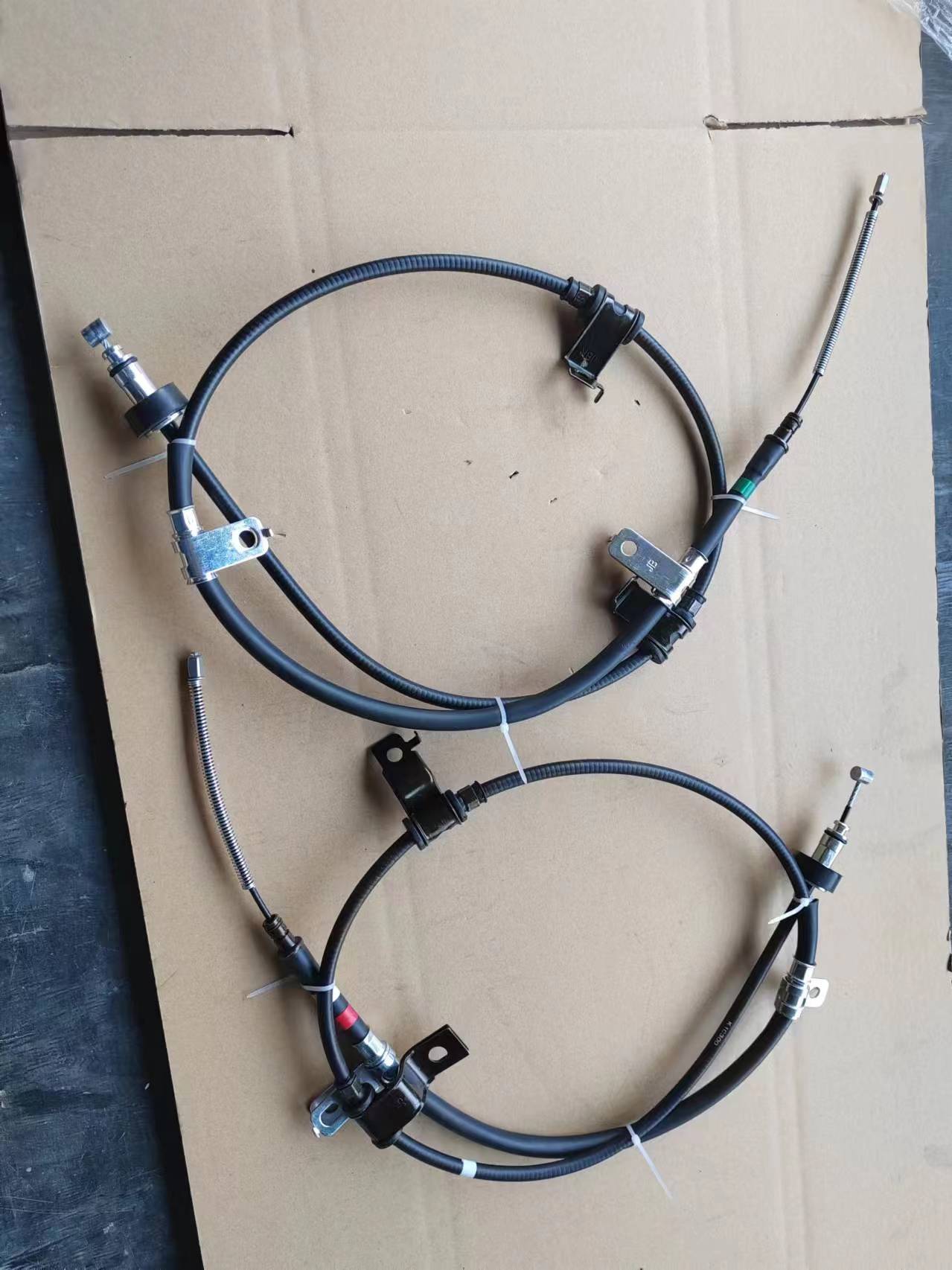Cost to Replace a Broken Handbrake Cable for Your Vehicle
Understanding the Cost of Replacing a Snapped Handbrake Cable
The handbrake cable, an indispensable component of any vehicle's braking system, is essential for safely securing the vehicle when parked and providing additional control when needed. Unfortunately, like any mechanical part, it can wear out over time or break unexpectedly. A snapped handbrake cable is not only a nuisance but can also pose a significant safety risk. This article explores the cost implications associated with replacing a snapped handbrake cable, factors influencing those costs, and how to prepare for such an expense.
What is a Handbrake Cable?
The handbrake, or parking brake, operates using a cable that connects the handbrake lever to the brake mechanism. When the lever is pulled, it tightens the cable, engaging the brakes on the rear wheels. A snapped cable can lead to a loss of this essential braking function, resulting in the vehicle rolling unintentionally if parked on an incline.
Cost of Replacement
The overall cost to replace a snapped handbrake cable can vary significantly based on several factors, including the make and model of the vehicle, labor costs, and the type of cable used.
1. Parts Costs The price of a handbrake cable itself can range from $15 to $60 for most vehicles. However, more specialized or luxury cars may have higher-priced cables due to their specific design and the materials used.
2. Labor Costs Depending on the vehicle and the complexity of the replacement process, labor costs can fluctuate between $50 and $100 per hour. The total labor time for replacing a handbrake cable typically ranges from one to two hours, thus leading to an additional charge of approximately $50 to $200 in labor fees.
3. Total Cost When considering both parts and labor, the total cost for replacing a snapped handbrake cable usually falls between $100 and $300. In rare cases, for high-end vehicles or those requiring more extensive repairs, the price could exceed this range.
Factors Influencing Costs
snapped handbrake cable cost

Several factors can influence the total expenditure involved in replacing a handbrake cable
- Vehicle Make and Model Different vehicles have varying designs and complexity levels, affecting both parts and labor costs. For instance, sports cars or luxury brands may require specialized parts or more intricate labor, increasing the expense.
- Regional Labor Rates Labor costs can vary based on geographical location. Urban areas or places with a higher cost of living might have elevated labor rates compared to rural areas.
- Type of Repair Shop How much you pay can depend on whether you go to a dealership, an independent mechanic, or a quick lube service. Dealerships often charge higher rates due to their specialized knowledge and the use of original parts.
Prevention and Maintenance
While it's impossible to eliminate the risk of a handbrake cable snapping, regular maintenance can help prevent premature wear. Checking the cable for signs of fraying, rust, or corrosion can help you catch issues before they lead to a snap. Routine service checks can also give you insights into the condition of your vehicle's braking system.
What to Do if Your Cable Snaps
If you find yourself with a snapped handbrake cable, the first step is to ensure your vehicle is safely parked. If you are on an incline, you may need to use wheel chocks or engage the foot brake to ensure stability until you can get the cable repaired. It’s essential to avoid driving the vehicle until the issue is resolved, as this poses a safety risk.
Conclusion
Replacing a snapped handbrake cable can be a manageable repair, but it’s crucial to budget for the costs associated with parts and labor. Understanding the various factors influencing these costs can help vehicle owners make informed decisions and prepare financially. Maintaining your vehicle and addressing any potential problems early on can ultimately save you money and enhance your safety on the road. If you experience issues with your handbrake, consult a trusted mechanic promptly to ensure the continued safety and functionality of your vehicle.
-
Workings of Clutch Pipe and Hose SystemsNewsJun.04,2025
-
The Inner Workings of Hand Brake Cable SystemsNewsJun.04,2025
-
The Secrets of Throttle and Accelerator CablesNewsJun.04,2025
-
The Hidden Lifeline of Your Transmission Gear Shift CablesNewsJun.04,2025
-
Demystifying Gear Cables and Shift LinkagesNewsJun.04,2025
-
Decoding Clutch Line Systems A Comprehensive GuideNewsJun.04,2025
